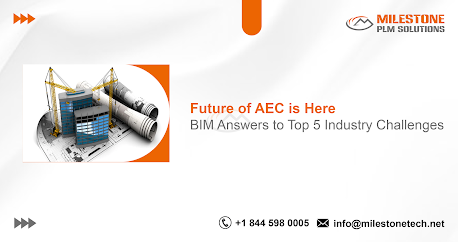Cutting-Edge Techniques in Sheet Metal Design Services

Sheet metal design has long been an integral part of manufacturing, playing a crucial role in industries ranging from automotive to aerospace, consumer electronics to industrial machinery. The evolution of this field has been remarkable, driven by technological advancements and innovative design strategies. Today, sheet metal design services are more sophisticated than ever, leveraging cutting-edge techniques to enhance efficiency, precision, and functionality in product development. In this blog, we will explore some of these advanced techniques that are transforming the landscape of sheet metal design. 1. Computer-Aided Design (CAD) and Simulation At the forefront of modern sheet metal design services is the use of computer-aided design (CAD) software. CAD has revolutionized the way designers conceptualize, create, and modify designs. This technology allows for the creation of highly detailed 3D models, which can be manipulated and tested in a virtual environment before a...




.png)


.jpg)
.jpg)